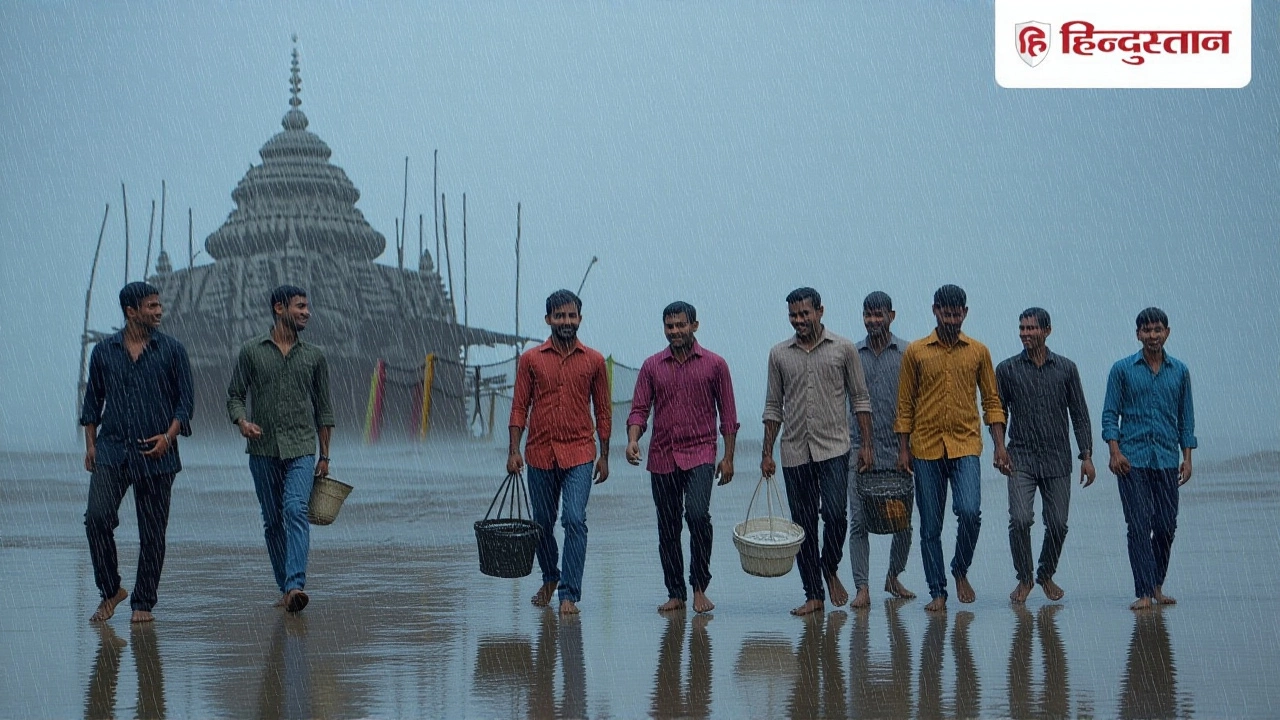Shakti cyclone – All You Need to Know
When talking about Shakti cyclone, a powerful tropical storm that battered India’s east coast in May 2021, bringing deadly winds and flooding, the first thing many wonder is how strong it really was. That question leads straight to cyclone intensity, a measure based on wind speed, central pressure, and rain totals. In simple terms, the higher the intensity, the greater the damage potential. Shakti cyclone encompassed wind gusts over 150 km/h, storm surges that rose several meters, and rainfall that flooded low‑lying villages. Understanding that intensity helps meteorologists predict the storm’s path and gives emergency crews a clear picture of what they’re up against.
Why response matters
Dealing with a storm like Shakti cyclone requires solid disaster management, the coordinated effort of government agencies, NGOs, and local volunteers to prepare, respond, and recover. Effective disaster management reduces loss of life, speeds up relief delivery, and helps communities rebuild faster. At the same time, climate change, the long‑term shift in temperature and weather patterns caused by human activity is reshaping how often and how fierce cyclones become. Climate change influences Shakti cyclone by warming sea surface temperatures, which can boost cyclone intensity and extend the season. The link between climate change and storm behavior means responders must adapt their strategies, investing in better early‑warning systems and stronger infrastructure.
Another piece of the puzzle is the monsoon season, the annual rainy period that dominates South Asian weather. When a cyclone hits during monsoon, the rains compound the flooding, making evacuation routes harder to keep clear. That combination is why Shakti cyclone is often studied as a case where intense winds, heavy monsoon rains, and climate‑driven changes collided. Below you’ll find a curated set of stories and analyses that break down the storm’s formation, the challenges faced by relief teams, and the lessons learned for future events. Dive in to see how each aspect connects and what it means for anyone watching the skies over the subcontinent.
